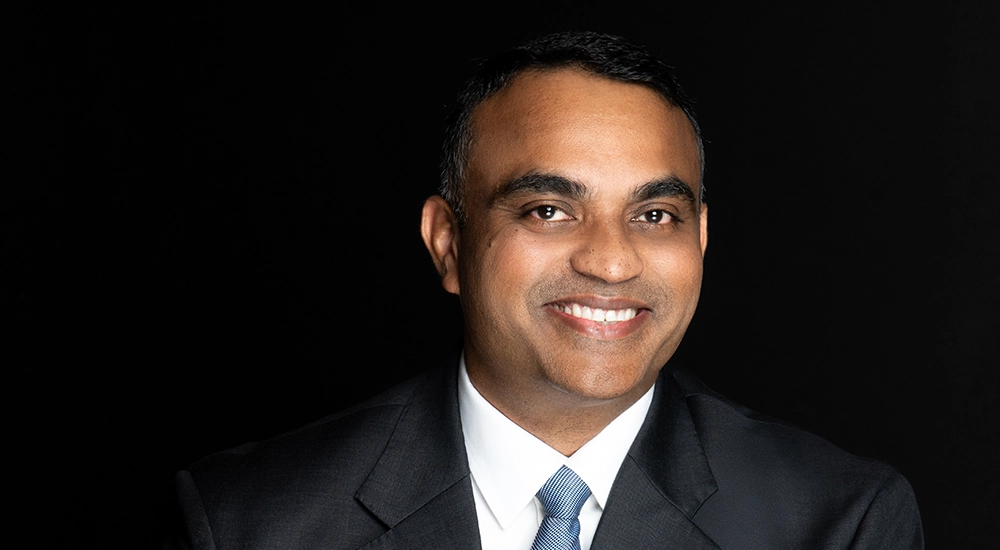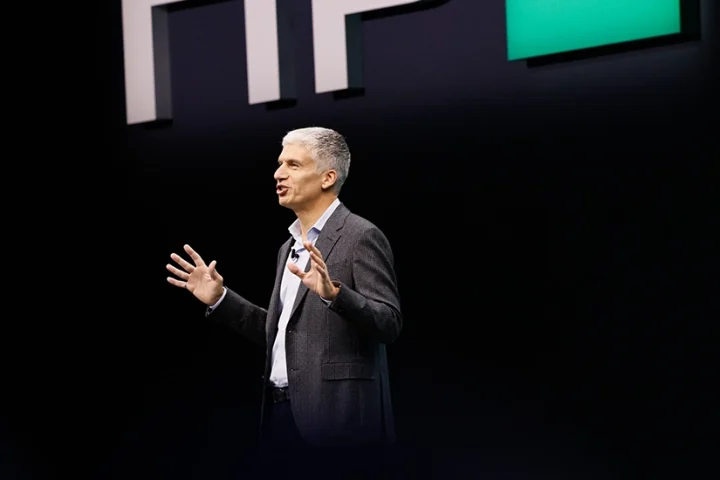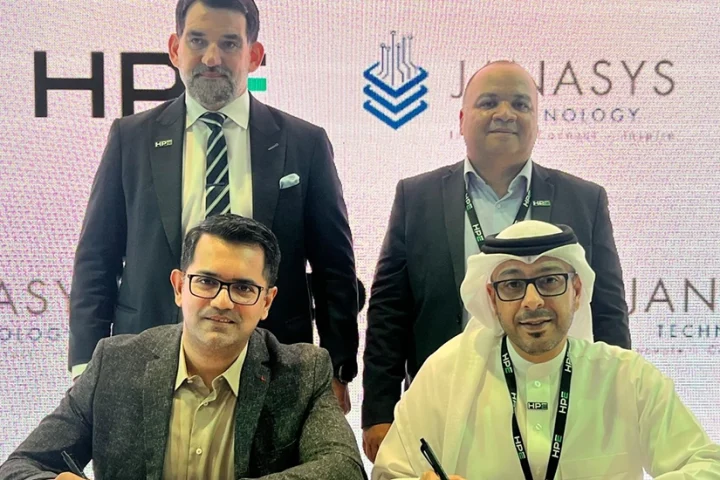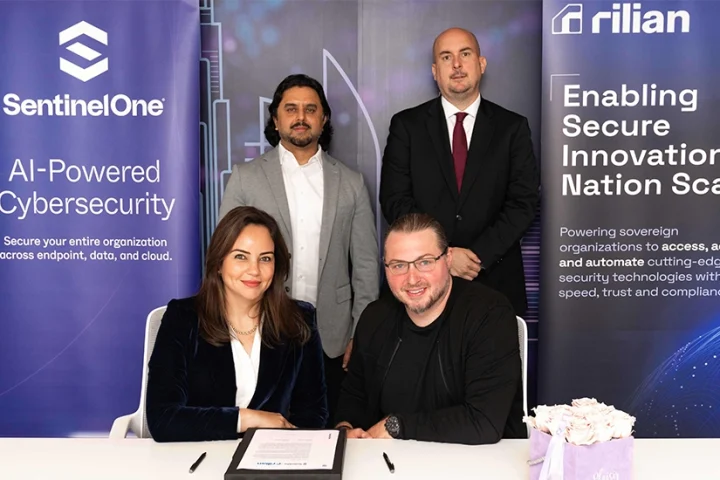Jacob Chacko, Regional Director, Middle East and Africa at HPE Networking, discusses how the Juniper acquisition strengthens the company’s position and how AI is redefining the future of networking.
AI is reshaping how businesses think about infrastructure. What does this mean for networking?
Networks are now as critical as compute. AI workloads demand speed, flexibility, and scale that traditional networks were never designed for. IDC projects the AI data centre networking market to jump from $630 million in 2023 to $5.6 billion by 2027. That shows how crucial the network has become to AI-driven innovation.
Why can’t legacy networks meet these demands?
AI workloads are dynamic and data-heavy, spanning from high-performance training in the data centre to real-time inference at the edge. Legacy networks were built for predictable traffic, not for massive, distributed data flows. Today, as datasets must be connected securely and sustainably, networks need to adapt in real time, scaling and continually becoming more intelligent, to unlock the power and value AI holds.
How is HPE Networking addressing this shift?
HPE Networking provides an industry leading secure, AI-native network portfolio, purpose-built with AI and for AI, to deliver exceptional user and operator experiences. Key to addressing today’s networking challenges are the following three pillars:
- AI-native Operations (AIOps): With AIOps, we bring AI into IT operations. That means 24/7 monitoring, anomaly detection, and predictive insights that help teams act before users are impacted. The result is a self-optimising, secure, and more autonomous network that lets IT focus on strategy instead of firefighting. Complete Client-to-Cloud Network
- Portfolio: Our new end-to-end network portfolio has robust hardware across all domains (enterprise, service provider, and cloud), managed by a single cloud-native management platform with on-premises and virtual private cloud options. This gives customers reliable, consistent end-to-end performance that supports a great user experience and a simplified operator experience.
- Integral Security: HPE offers a complete security portfolio unified under common management (NAC, SSE, Firewall). We are the first to converge network and security management via a common UI and AI engine, delivering consistent user experiences in all locations, saving time and money, and increasing accuracy.
What pressures are telcos and service providers facing in the AI era?
They must modernise quickly and at scale if they want to monetise AI. It’s not about incremental bandwidth upgrades anymore—it’s about cloud-native architectures, AI at the core, and the agility to run distributed, real-time workloads. Capabilities like network slicing and edge inferencing are creating new revenue streams, but only if networks are modernised.
HPE has just acquired Juniper Networks. How does this change your strategy?
The acquisition is actually accelerating HPE’s strategic vision and the timing is perfect. HPE Juniper Networking brings cloud-native, AI-driven capabilities like Mist AI, while HPE Aruba Networking brings edge-to-cloud strength. Together, we’ve built a unified architecture designed for AI at scale. This combination doubles our networking business and gives customers a truly end-to-end solution.
What new value does Mist AI bring to customers?
Mist AI is an AI-native platform that provides agentic AI capabilities, advanced automation, and deep insights, making networks easier to manage and more intuitive, and laying the groundwork for significant improvements in performance and efficiency. HPE Juniper Networking’s routing and data centre strength plus HPE Aruba Networking’s campus and edge leadership create one of the most complete portfolios in the market. Customers gain simplicity, performance, and security—all aligned for AI-intensive workloads.
How does this position HPE against established legacy players?
The combination positions HPE to capture the growing AI and hybrid cloud market opportunity by creating an industry-leading cloud-native and AI-driven IT portfolio, including a full, modern networking stack. We’re not chasing legacy; we’re setting a new direction. Our strategy is rooted in AI, cloud-native principles, and open ecosystems. AI is rewriting the rules of networking, and we’re building infrastructure to match.
Looking ahead, what role will networks play in the AI era?
The network has become strategic. In the Middle East and globally, AI adoption will succeed or fail based on the network’s ability to automate, scale, and deliver insights. With HPE Networking, we’re enabling customers to build intelligent, resilient, and adaptive infrastructure for the AI-driven future.
























